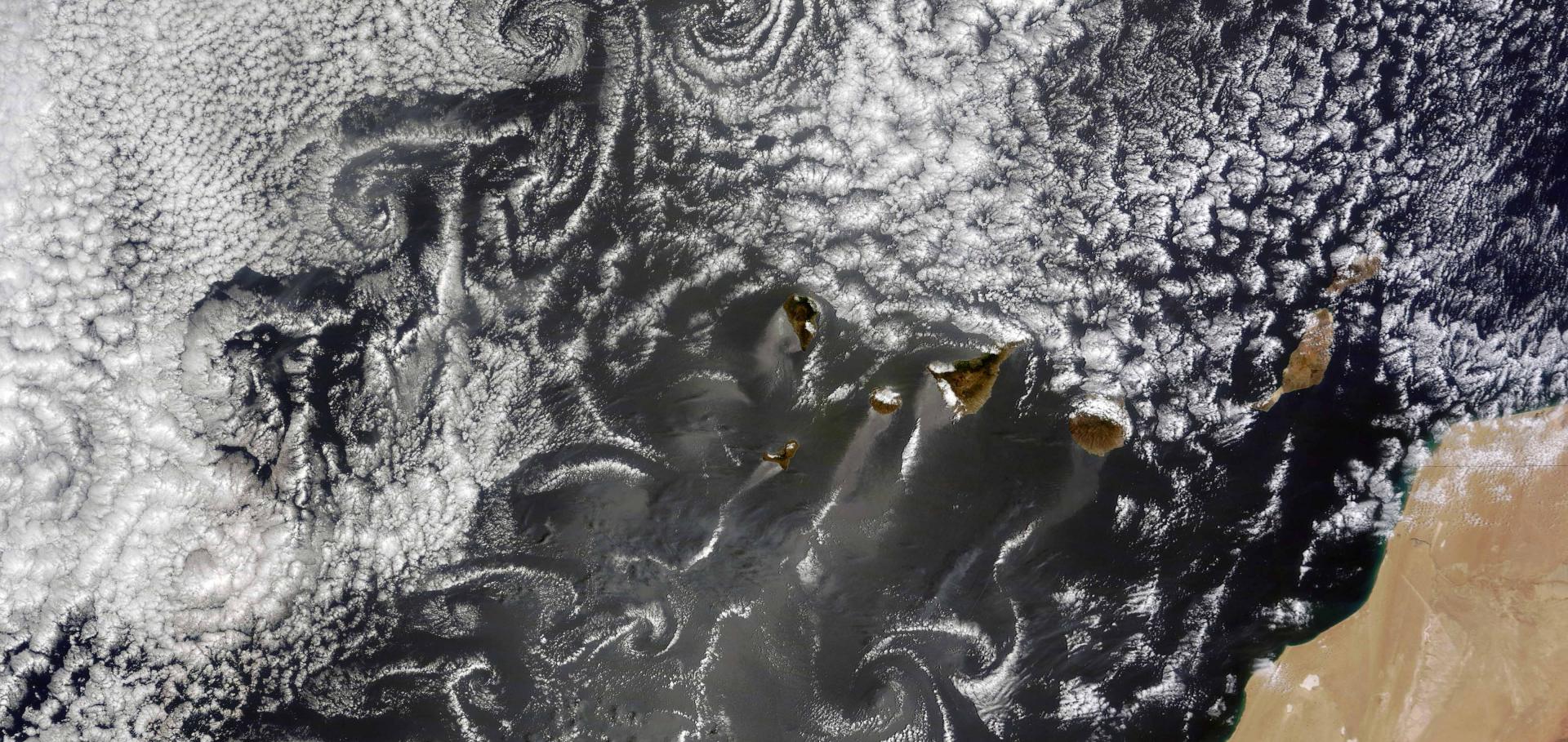Anthropogenic aerosols turn liquid cloud droplets into ice crystals, produce snow and eat holes in the clouds
Copernicus Publications (2023)
Assessing cloud sensitivity to shipping aerosol across large emissions ranges
Copernicus Publications (2023)
Controls of cloud radiative effects: a data-driven observation-based quantification
Copernicus Publications (2023)
Idealised studies of aerosol effects on precipitation – from aqua-planets to global km-scale models
Copernicus Publications (2023)
Invertible neural networks for satellite retrievals of aerosol optical depth
Copernicus Publications (2023)


